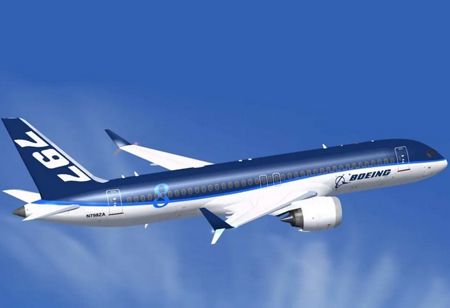
Boeing Announced Design Changes after Alaska Airlines 737 MAX 9 Incidents


In response to a recent mid-air cabin panel blowout on an Alaska Airlines 737 MAX 9 flight,
Boeing has announced plans for design changes aimed at preventing similar incidents in the future.
This follows a troubling event in January that has thrown the aerospace giant into another major crisis, compounded by ongoing scrutiny over its safety and quality management practices.
The incident involved the new Alaska Airlines 737 MAX 9, where investigators discovered that a door plug was missing four critical bolts. This oversight raised significant concerns about Boeing’s manufacturing processes and its documentation procedures. Jennifer Homeendy, Chair of the National Transportation Safety Board (NTSB), sharply criticized Boeing’s safety culture, questioning why the company had not implemented necessary improvements earlier.
Boeing currently operates with 1,200 active suppliers for its commercial airplanes and employees 200 supplier quality auditors to oversee the quality of components and assemblies. Despite this extensive oversight, the recent incident underscores the need for even more stringent quality control measures.
In a significant strategic over, Boeing has also agreed to repurchase Spirit Aero systems, a major supplier whose core plants were spun off in 2005.
The $4.7 billion stock deal aims to bring critical manufacturing capabilities back under Boeing’s direct control, potentially enhancing oversight and integration of key components.
The ongoing hearing are delving into various critical issues, including the manufacturing and inspection processes for the 737, the overall safety and quality management systems at Boeing , FAA oversight, and the specific circumstances surrounding the door plug’s removal and replacement. These discussions are crucial as they aim to address the root causes of the incident and ensure such failures do not recur.
Boeing’s commitment to design changes and enhanced quality controls comes amid intense scrutiny from regulatory bodies, stakeholders, and the public. The company is under pressure to restore confidence in its aircraft following the high-profile, which were attributed to design flaws in the Maneuvering Characteristics Augmentation System (MCAS)
As Boeing navigates this challenging period he focus remains on ensuring period, the focus remains on ensuring the highest standards of safety and quality in its aircraft. The successful; implementation of these design changes and improvements in the safety culture will be critical for Boeing as it seeks to reaffirm its position as a leader in the aerospace industry.